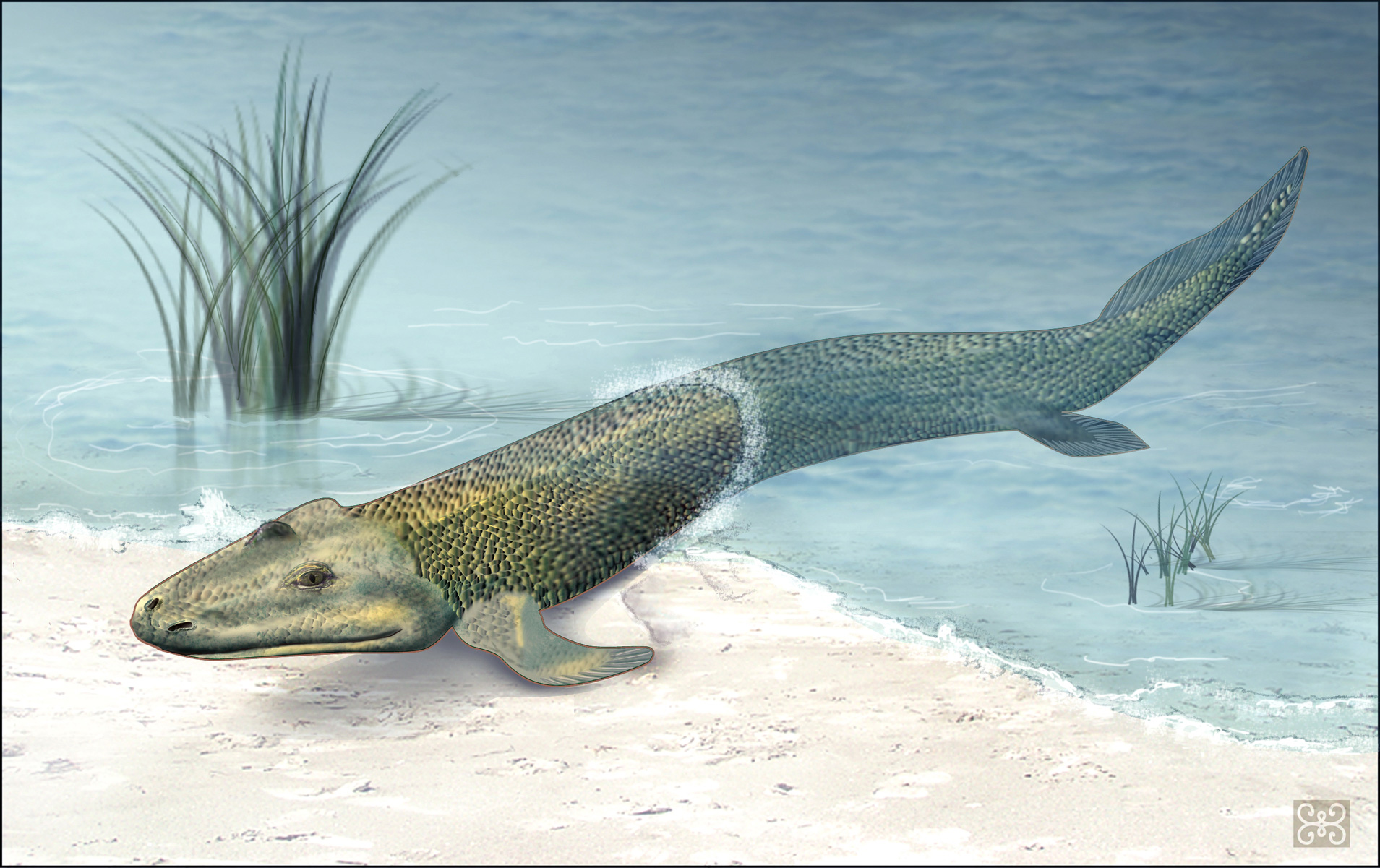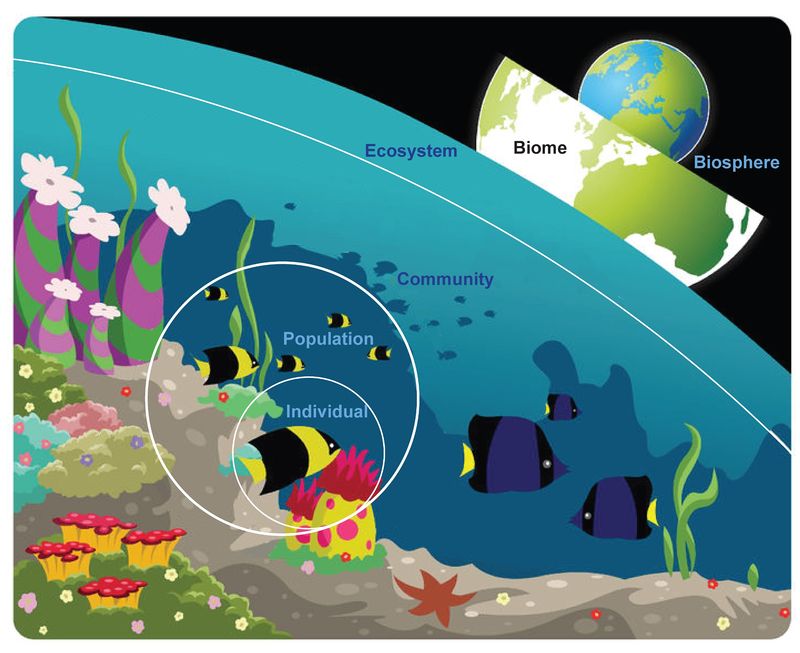In this unit I learned about homeostasis which is when the body maintains equilibrium in response to outside factors like temperature. I also learned about the circulatory and respiratory systems which work together to ensure every cell in your body can maintain homeostasis. Something else I learned about is the nervous system which has two parts: Central Nervous System that includes the brainstem, and spinal cord, and Peripheral Nervous System that includes cranial nerves, spinal nerves, sensory neurons and motor neurons. Another system I learned about was the endocrine system which is a system made up of glands that regulate hormones. In the pig dissection we saw the pancreas which releases insulin to decrease blood sugar levels and glucagon to increase it. The main theme of the unit was physiology and how the different systems work together to maintain homeostasis.
In this picture the body maintains homeostasis by sweating to cool down when it is hot and by shivering to heat up when it is cold.
Image credit: https://askabiologist.asu.edu/sites/default/files/resources/articles/singing_in_rain/temp_control.gif
I want to learn more about the lymphatic system because it was hard to understand. I also wonder about the connection between this system and the other systems in the body. One question I still have about the lymphatic system is how does it get rid of waste in the body?
When I looked back at my old blog posts I found my biology collage (http://pranayjalanbio.blogspot.com/2015/09/pranays-biology-collage.html) where I made a collage of characteristics of life. Back then I did not know much about biology. I did not really know much about homeostasis but now I understand it better. During the year, I learned that homeostasis is maintaining equilibrium in the body. I have grown a lot since August by taking a lot of vodcast notes and studying very well. In the process I have learned so much about biology and myself. In August one of my goals was to become better at lab write ups and I think I accomplished my goal. I also believe that I became a better note-taker through this class. I am most proud of the sweetness lab (http://pranayjalanbio.blogspot.com/2015/09/sweetness-lab.html) because I had a lot of fun tasting the different types of carbohydrates. I wrote this blog post very well and understood the concepts of the lab.






